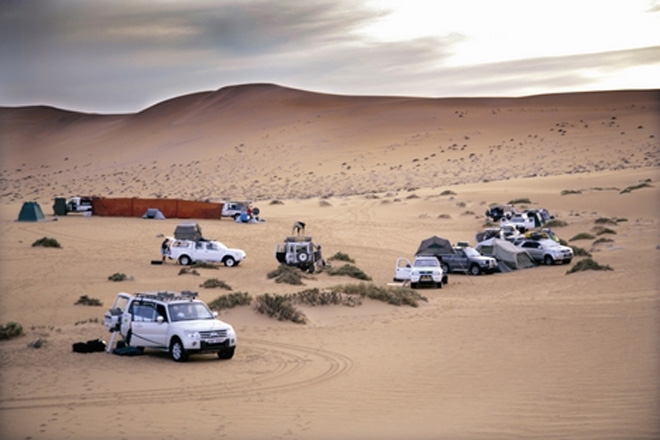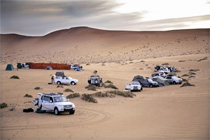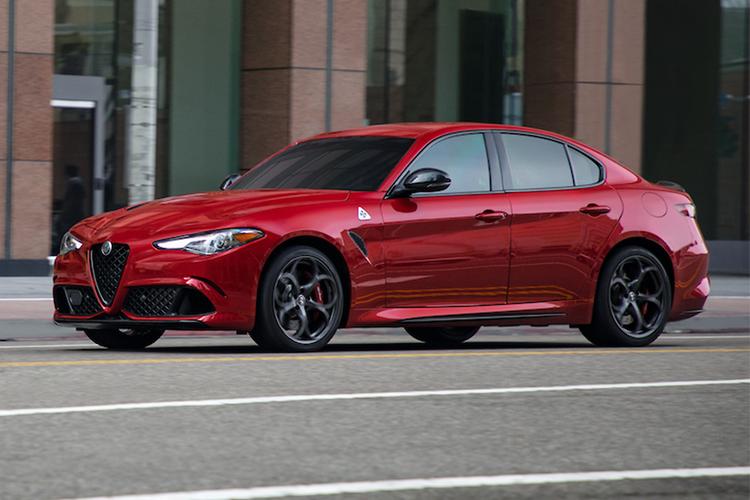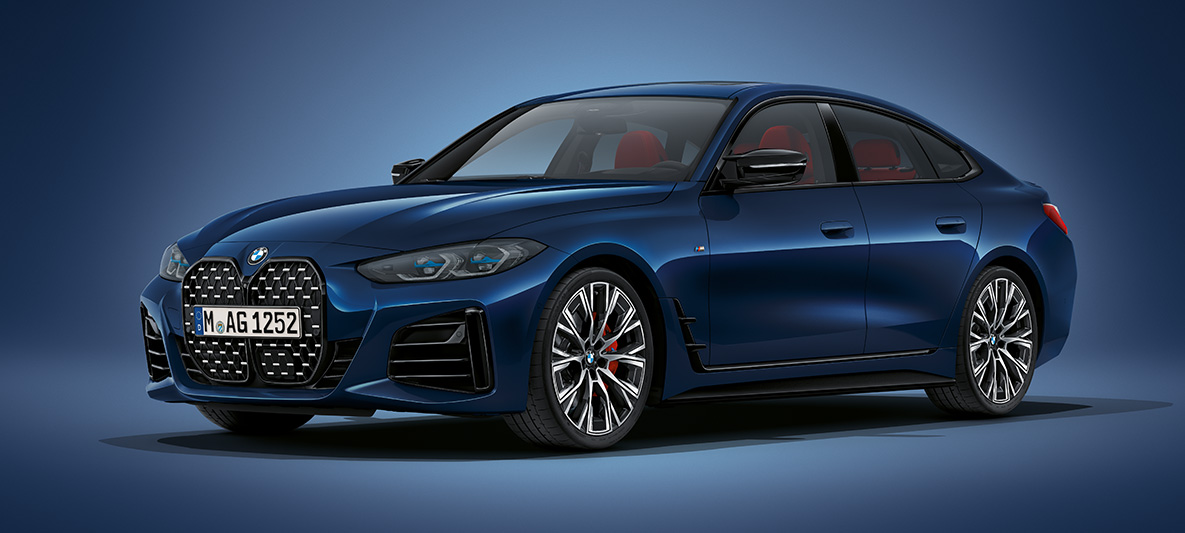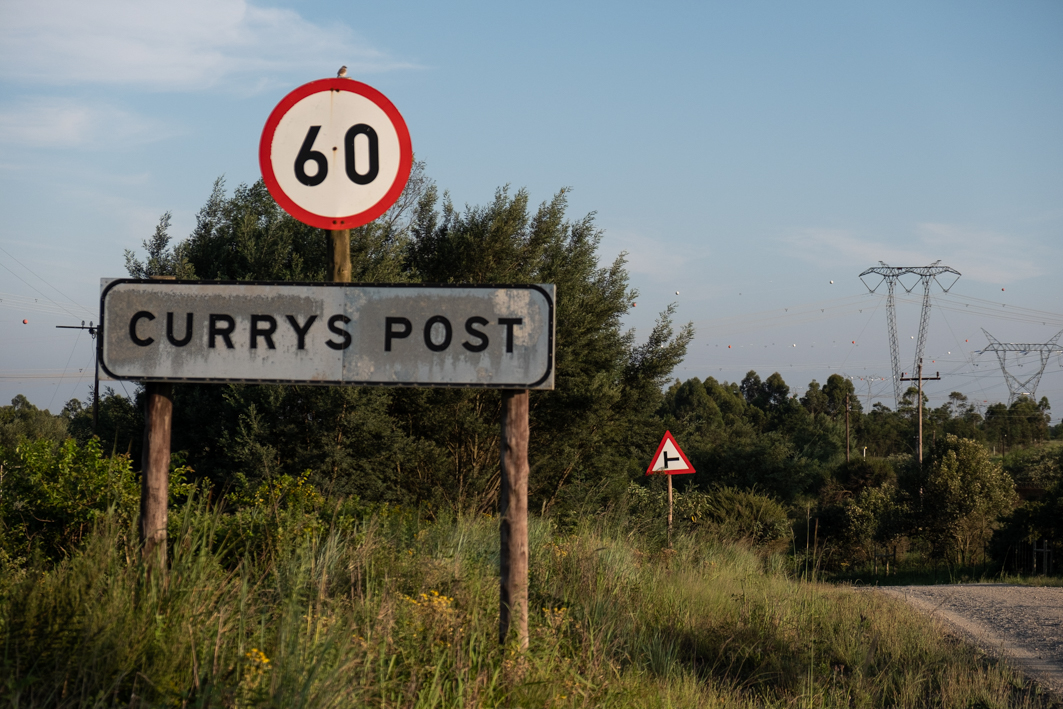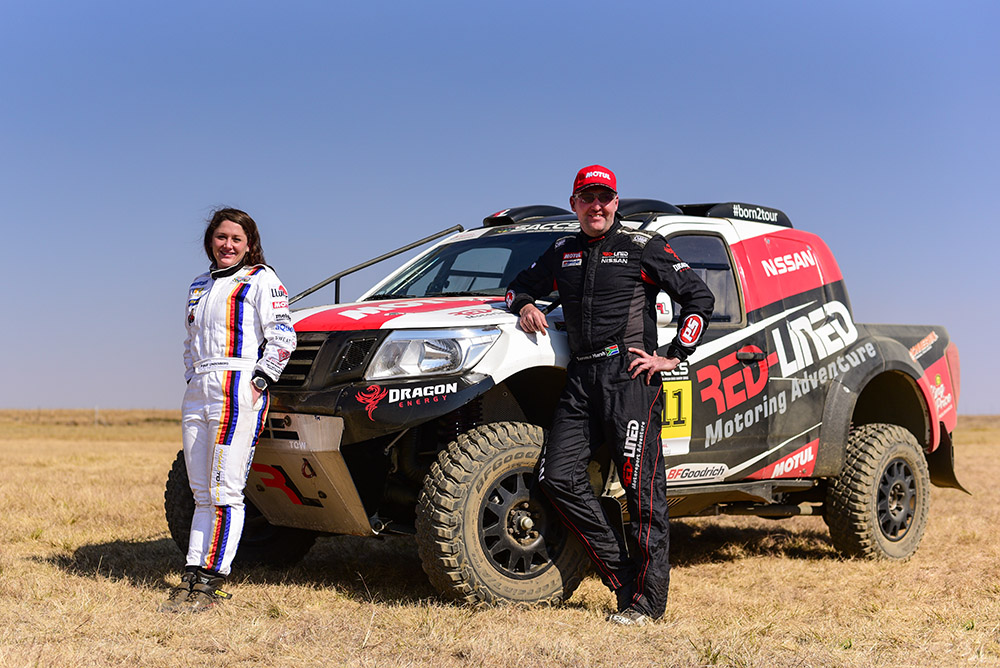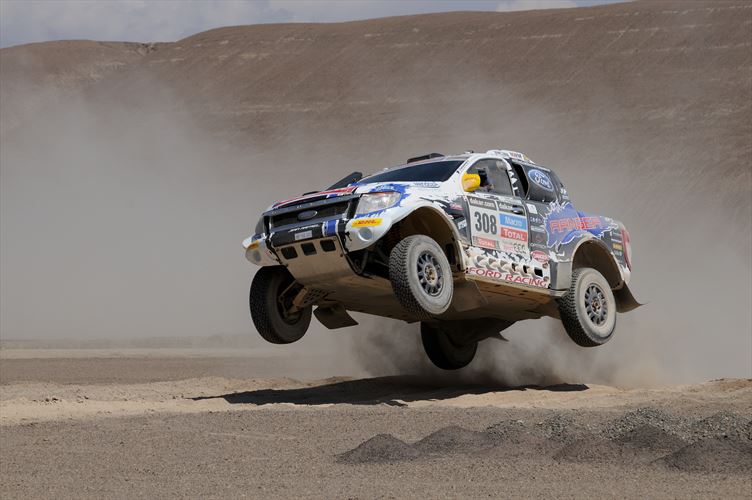Some months back I wrote about how I almost had a serious head-on collision on the N2 while driving my Land Cruiser 76 Series wagon. Because of it, I felt that the safety and handling compromises made by those of us that drive vehicles such as the Cruiser 76 or Defender, were perhaps not worth it.
This type of vehicle is so good in the rough, but so flawed in the phase of a trip called, “getting there”, the most hazardous part of the journey, that I felt that a newer, safer and perhaps softer vehicle would be worth a try.
I was loaned a Pajero by Mitsubishi Motors Umhlanga for a trip to Namibia. (My thanks to them. The makers, it seems, haven’t got press test vehicles any more)
My first and, as it turns out, only real attempt at finding out if a softer vehicle can do the job was completed last month when I went on Uri Adventure’s splendid Face of Namib tour. In short, the tour was fabulous and the Pajero wasn’t.
The purpose of this article is then two-fold. This was the first time I tried a guided tour. Those of us who are self sufficient, not only in equipment, but also in terms of wanting to go it alone, often baulk at the idea of joining someone else’s trip.
We like to be at the head of the convoy, in the lead and it’s our trip. We decide when we leave, where we stay and who travels with us. Having done this kind of travelling for 27 years, doing a guided tour was going to be a stretch for me. And secondly, a soft, untried vehicle with my family added to the challenge. And thirdly, it was going to be a shoot for the TV show.
The problems of travelling with strangers came home to roost on night one. At 2am. The noise of the wildlife was unbelievable! I identified the calls to have come from greater spectacled, round-bellied, pickled four-wheel driver, whose remarkable nocturnal call is actually made while comatose.
The nightjars fled. The brown hyenas cowered in their dens. Even the crickets stopped. The funny thing was that every night following, everyone else – pretending not to watch – waited to see where the three little tents went up before selecting their own spot, which was as far away as possible.
I wanted to camp in Botswana.
The first morning call was departure into the Namib at 9am sharp. With our three children (only one other group had taken kids) it meant that we were rushed to get ready, not wanting to be singled out as tardy. It was a bit stressful. So much so that I hadn’t done a very good job at tying the roofrack straps.
The first day’s drive was sublime. Really awesome. I run out of superlatives when trying to describe the Namib Naukluft Park. This is the real advantage of doing this kind of tour. The area through which the six-day tour took us is only accessible if accompanied by registered guides, many of which have concessions to particular areas. In this case, there was no other way of being there. And it was worth every sacrifice, apart from the embarrassment of getting stuck.
As the doyen of “all Things 4×4” I am not allowed to get stuck or make the smallest mistake. But I surely did. I misjudged the Pajero’s clearance on the very first obstacle and bellied it good and proper.
I found that the undulations in the thick sand were a real challenge for the Pajero and going it slow meant bogging down. Going fast enough to keep moving meant that the sideways rocking was particularly violent.
As a result a tent, not secured properly, went flying, followed by two jerrycans when the rack mounts broke.
I was in line for the wooden spoon award, which Faces call the Blixem T-shirt award, given to the driver that botches the most. Believe me, I deserved it that day, but was only awarded it on day four because I moved around the convoy a lot trying to get good shots.
Goes to show, it’s all in good fun and nothing is taken too seriously, which is the way it should be.
When it comes to guided tours, there are issues to deal with and some are easier to overlook than others. It’s nice to camp and not have to cook. The food was of a high standard – as long as you like venison.
The camping sites were all located in spectacular locations, but because I like quite and solitude, I personally could not get what I really wanted out of them.
To have the backup of local guides and help when needed is reassuring and removes a level of potential stress. Ditto the navigation. Just follow the vehicle ahead. The convoy practice of always taking care of the vehicle behind you was well explained, but not always well practised. It is not natural to take care of the vehicle behind – so it’s understandable that occasionally drivers simply forget.
This convoy numbered ten vehicles. I would judge this to be the absolute maximum count for this kind of tour. If you are near the back and the leaders stumble upon something of interest, by the time the tail-enders arrive the animal has often moved away, or the guide has driven off and you miss the commentary.
In the case of Faces of Namib, this is taken care of to some degree by the fact that every vehicle is equipped with a 29mHz radio, and the guide, Kosie de Klerk, was a conscientious and knowledgeable commentator.
We enjoyed most of his jokes.
So in the morning, as the convoy sets out, there is a certain amount of jostling for position. Most want to be near the front. I found myself at the tail end most of the time because I wanted to shoot video while not holding the others up. This brings me to the other notable thing about such a tour.
As an example, on day four, we visited the wreck of the Eduard Bohlen. We spent about 30 minutes exploring the wreck, after which we set of on a short drive to a particularly steep dune. Here we spent an hour and a half while the boys played with their toys.
There were two kinds of people on the tour: those like me who love to explore and photograph the places, and others for whom the adventure is little more than a fantastic 4×4 romp. Each for his own, but when the two are running in the same convoy, someone is going be frustrated at times.
Pajero – a disappointment?
It was a bit. On the open road, as I expected, the Pajero performed really well and I love the Tiptronic gearbox. During the days on gravel it was lovely to drive, confident and surefooted. In the rough, sadly, it revealed itself as a vehicle gone soft.
In my 15 years as a motoring journalist I have never once returned a vehicle damaged, until now. The front bumper was knocked back. I went over a dune slipface a bit too fast and hit the ground quite hard. I blame the kids; we heard on the radio that they had found a gemsbok. The kids cried, “go Dad, go”. So I goed… and crunch!
By the end of the trip the dune driving had also ripped the rear bumper off completely. The wheel alignment needed resetting and the engine sump guard was bent.
Off-road performance wasn’t great either. The Pajero’s hill descent control kicked it sideways when going down the steep dune slopes. I learnt that I should always apply power down the slopes to prevent this from happening.
Ground clearance is not enough. The Pajero, like all modern 4×4 luxury wagons, boasts shift-on-the-fly transmission, which promises a quick lockup of the centre diff or change from low range to high, while moving.
In the case of the Pajero, however, to make any such gear change happen quickly, the vehicle had to be brought to a standstill and neutral engaged, followed by a short wait. If these actions were made while moving, it at times took minutes for the change to take place. Ten years ago this was acceptable, but no more.
And what about the traction control? I watched the other vehicles in the convoy. Those that did the best were not fitted with electronics but rather with enough ground clearance and enough power. So, nothing unexpected, I suppose. Electronics doesn’t make up for the basics, and never can.
If you want a Pajero for off-road, don’t choose the GLS but rather the more basic GLX – and be prepared to lift the suspensi
on. It is altogether a better all-rounder anyway.
As a family 4×4, the Pajero fell short too. My children complained at being cramped, but when I investigated it wasn’t the problem. I discovered that the complaint was really about the centre seat, because it isn’t a seat at all but what feels like a lump of wood with some leather on it. The Pajero is a four-seater – not a five!
So what have I settled on? I sold my Cruiser 76 and purchased a used Land Cruiser 105, 4.2 diesel, fitted OME suspension and a low-pressure turbo-charger from SAC.
